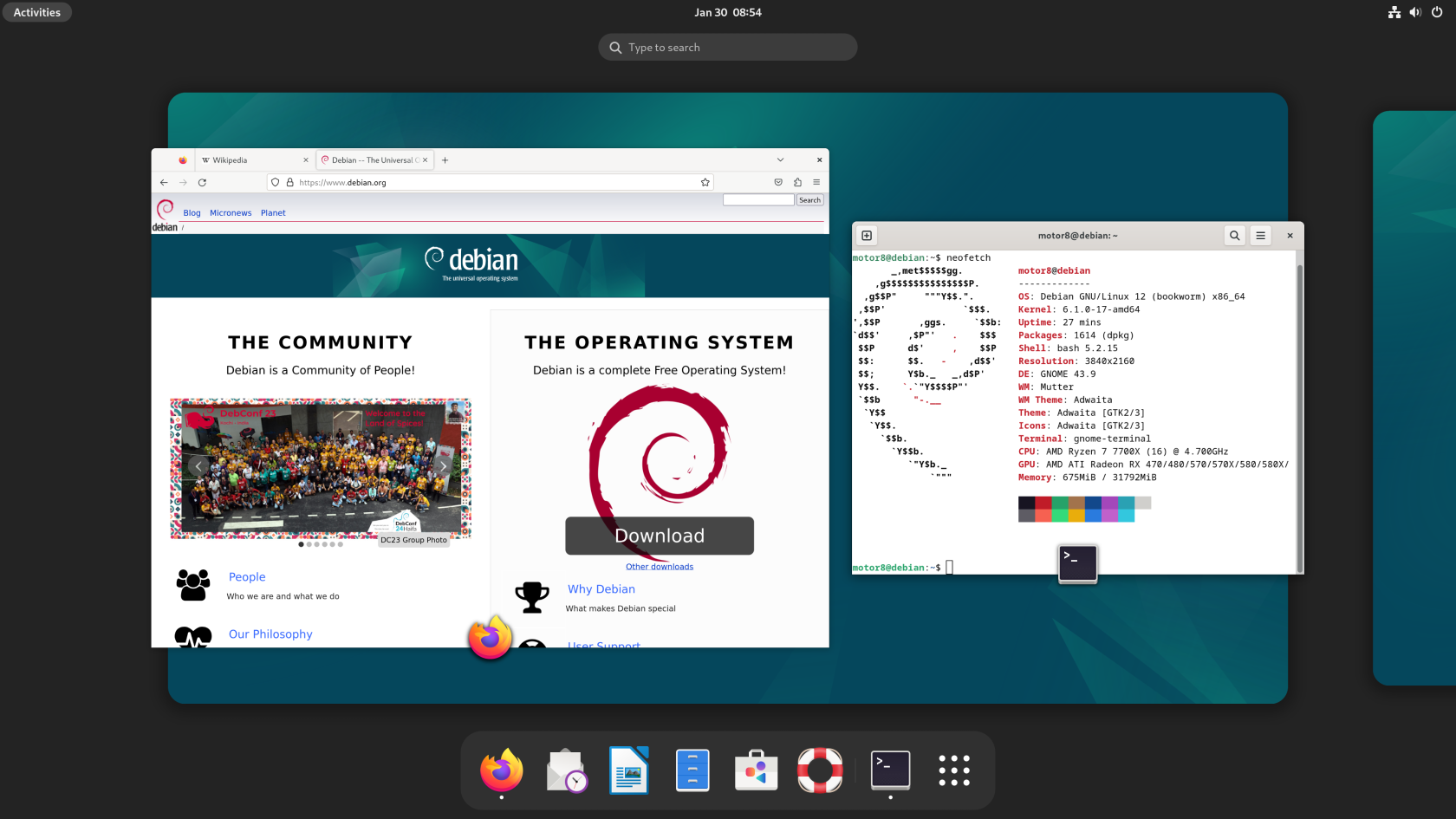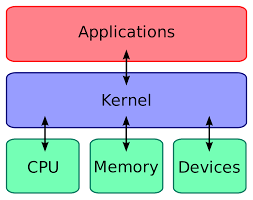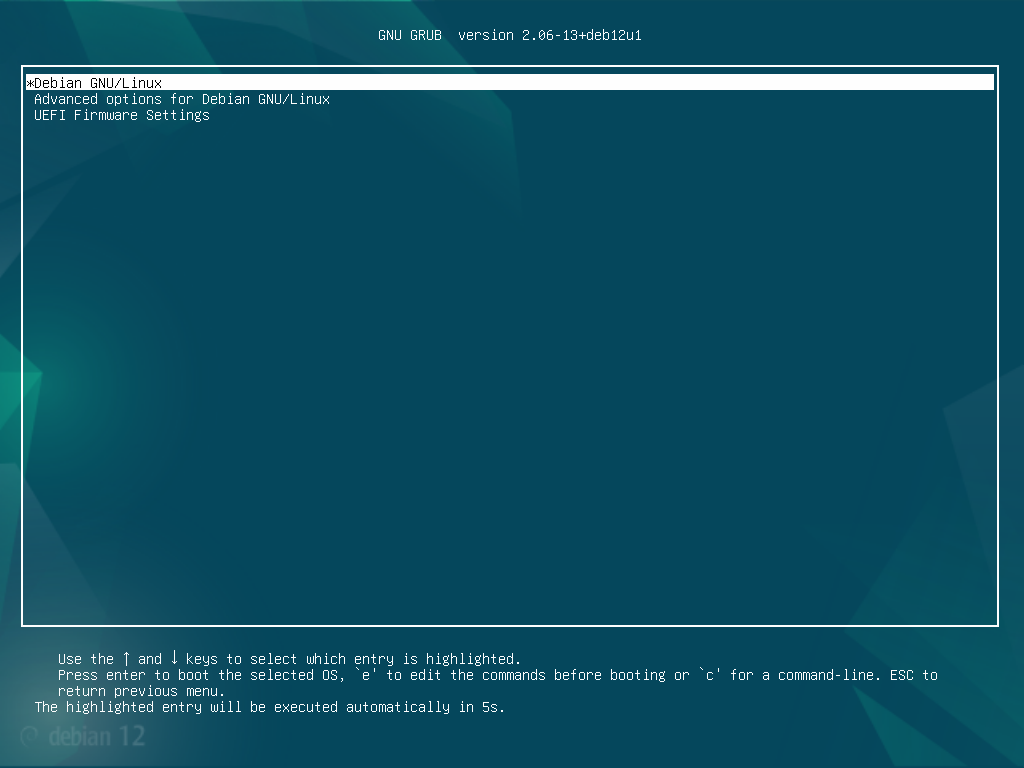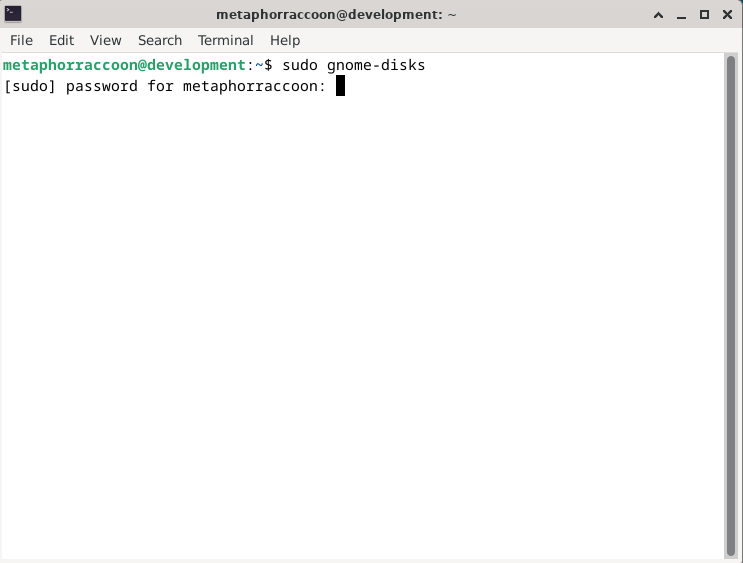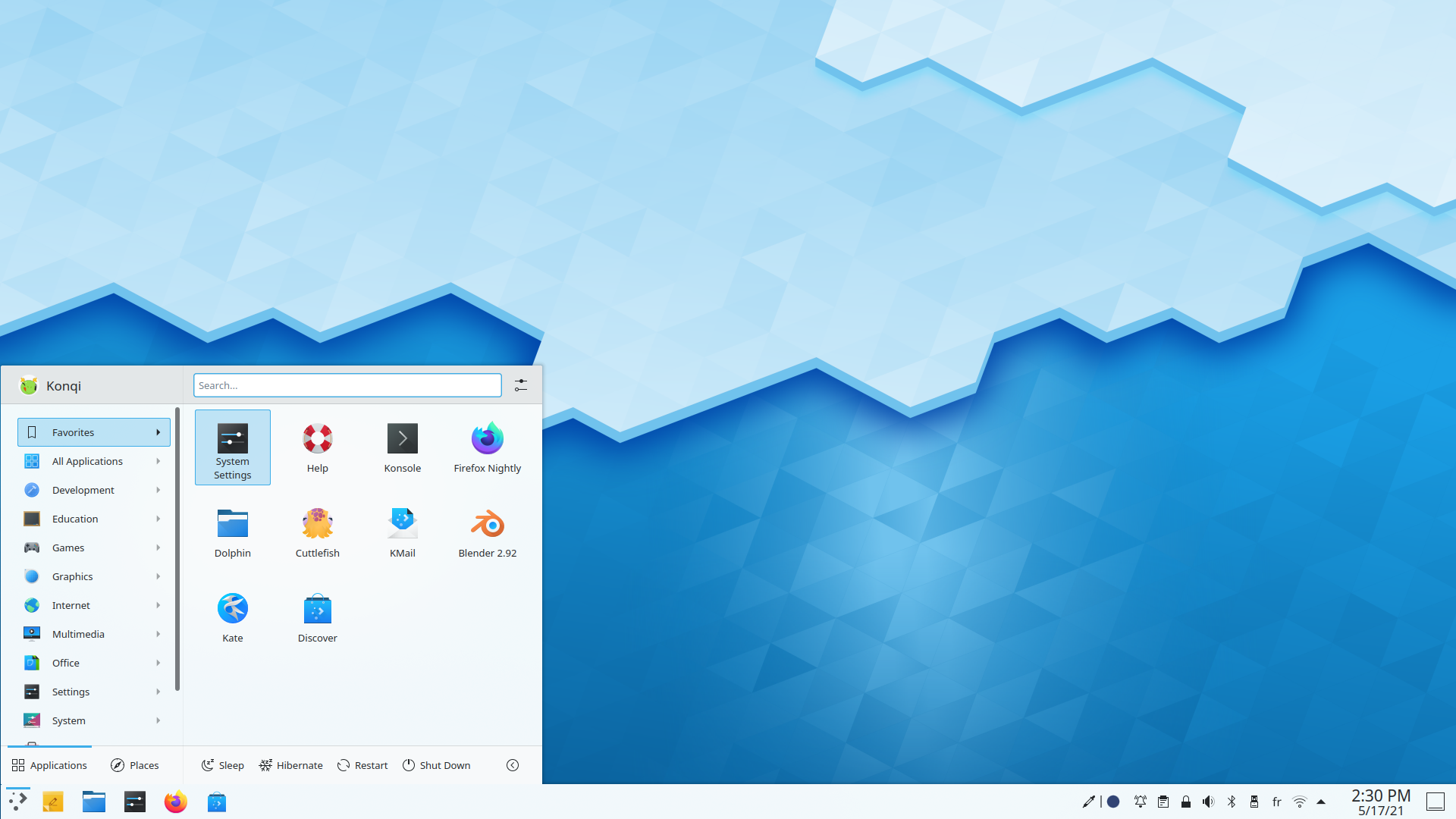What is Linux?
The Linux kernel is the core of the operating system that facilitates between software and hardware. It has full control of everything in your computer from the storage and memory to the graphics card and processor.
The kernel is packaged alongside software created by other open-source developers into a 'distro' – or a distribution. Entire Linux distros can derive from other distros and create a family tree. Debian is root of Ubuntu which is used in turn for Raspberry Pi OS, ElementaryOS, Linux Mint and many others.
The Linux operating system comes with several core components. The Bootloader is loaded by the computer when it's powered on, which in turn loads the kernel and the rest of the operating system. GRUB (or the GNU GRand Unified Boot) is perhaps the most common bootloader for unix-like operating systems.
Once GRUB has loaded the kernel, the first think loaded by the operating system is called an init program, such as systemd, which is the root of all computer processes. The system loads the shell, or the user interface, which is the interactive element of the operating system. The shell can be a command line interface or a graphical user interface.
Command line interfaces offer powerful direct access to our computer hardware and software. You accomplish this using text-based programs and utilities that make it easy to automate tasks.
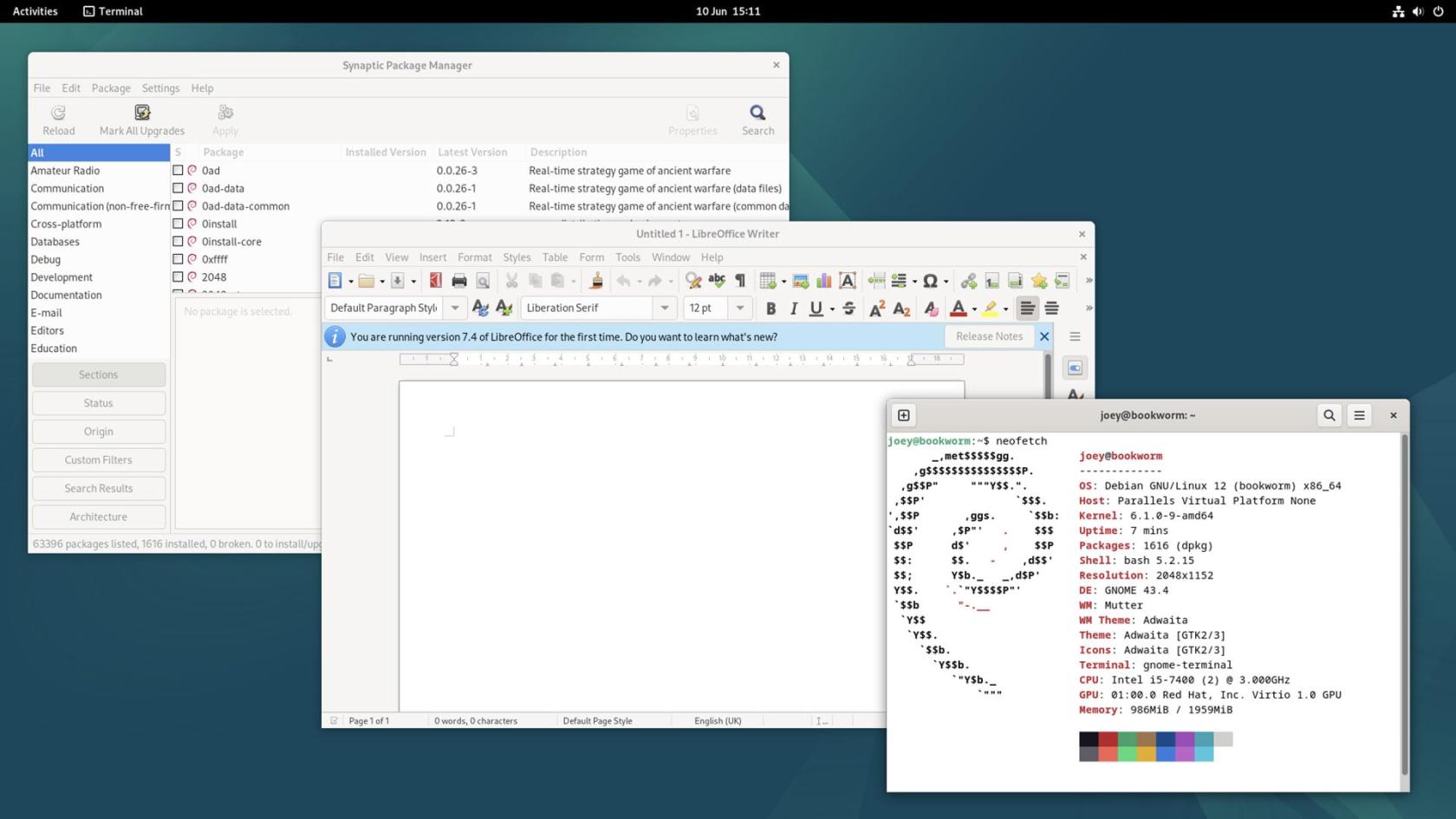
Graphical user interfaces create a desktop environment that allows you to interact with the operating system and applications visually. Debian uses GNOME by default, but other common desktop environments include:
The Desktop Environment is largely a personal preference and affects what applications are installed by default. They define the over look and feel of your user experience.
The shell allows users to interact with applications and data stored on our disk drives using a file system. File paths are expressed by their folder hierarchy that starts with root, or "/". User data is stored within root in a home directory, or "/home". Each user has their own home directory with their own files and folders.
Filesystem
The Windows ecosystem assigns attached storage disks with a letter classification and mounts them as independent entities. This results in file paths like "C:\Users\".Instead, Linux has the design philosophy that "everything is a file" meaningwhich functionally means that allharsware harddevices, drivesprocesses, and sockets are mountedoverlaid onto as a foldervirtual containing the filesfilesystem on yourtop drive.of On Linux, file paths can be expressed by their folder hierarchy.root. For example, user"/proc" datadoesn't actually exist on our operating system hard drive and is storedan atvirtual thefile baserepresentation of the kernel and other processes. When we have multiple hard drivedrives, they are located within athe folder named home, e.g.virtual "/home/username".
directory.
Software freedom and equitable access are central tenets of many Linux distributions. The decentralized development process is enabled by the open-source ethos of open knowledge sharing and peer participation. Much of our modern world is powered through open-source software projects, such as openssl which acts as the backbone of the internet.

